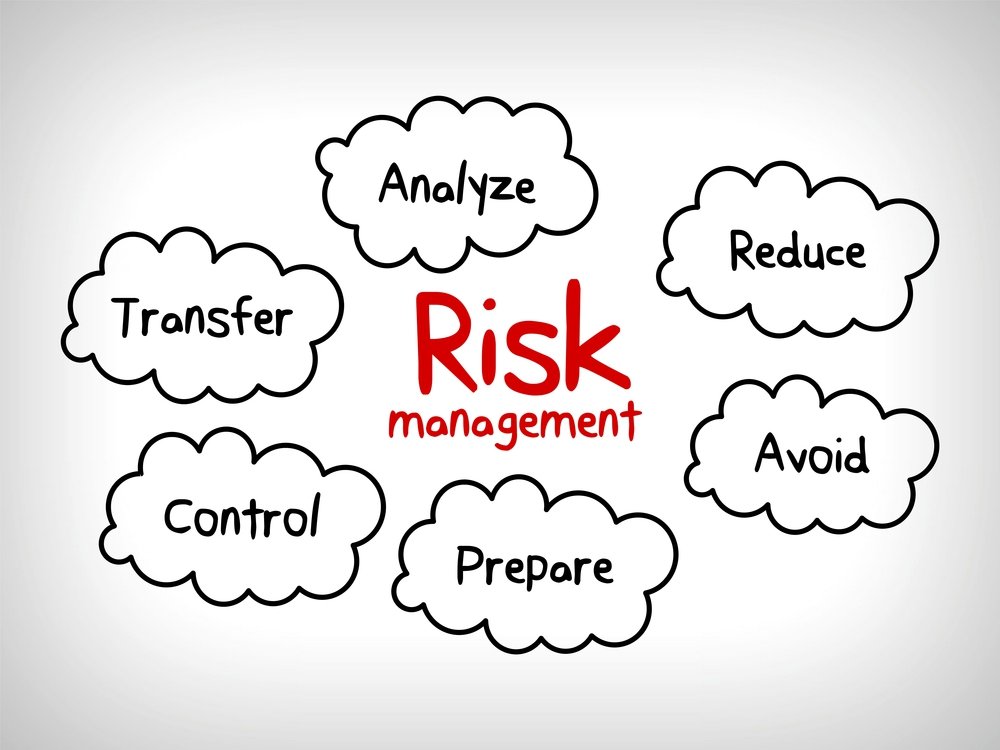Discovering the Significance of Risk Management for Effective Decision-Making Techniques
In the elaborate globe of business, Risk Management becomes a critical variable in the decision-making process. The capacity to identify prospective hazards and opportunities, and strategize as necessary, can spell the distinction in between success and failure. With tools such as SWOT and PESTEL, companies are equipped to make educated selections, fostering strength and adaptability in an ever-changing environment. Wondering exactly how this functions? Allow's unpack the characteristics additionally.
Comprehending the Concept of Risk Management
Risk Management, an essential element in decision-making, is often misconstrued or oversimplified. Risk Management includes regimented and structured methods, making use of data and informative assessments. From monetary unpredictabilities, legal responsibilities, critical Management errors, to crashes and natural catastrophes, it resolves numerous risks - importance of risk management.
The Function of Risk Management in Decision-Making Processes
In the world of critical preparation and service operations, Risk Management plays an indispensable function in decision-making processes. Risk Management therefore becomes a vital tool in decision-making, assisting leaders to make educated choices based on a comprehensive understanding of the dangers involved. Risk Management offers as an essential component in the decision-making procedures of any kind of organization.

How Risk Management Boosts Strategic Preparation
In the context of tactical planning, Risk Management plays a crucial function. Initiating with the recognition of prospective risks, it better reaches the application of Risk mitigation measures. The duty of Risk Management is not fixed but vibrant, as it demands constant surveillance and adjusting of techniques.
Identifying Prospective Risks

Implementing Risk Mitigation
Risk mitigation methods can range from Risk avoidance, Risk transfer, to risk reduction. Each strategy must be tailored to the certain Risk, considering its prospective influence and the company's Risk resistance. Reliable Risk reduction needs a deep understanding of the Risk landscape and the prospective impact of each Risk.
Monitoring and Adjusting Strategies
Though Risk reduction is a crucial action in critical planning, continuous monitoring and change of these approaches is just as essential. This continuous process allows organizations to determine new risks and reassess existing ones, guaranteeing the carried out approaches continue to be effective in the ever-changing organization atmosphere. It anchor additionally supplies a possibility to assess the success of the Risk Management procedures, permitting modifications to be made where needed, additional enhancing strategic preparation. Effective tracking and adjustment call for making use of analytics and key efficiency signs (KPIs) to determine efficiency. These tools supply important data-driven insights that can notify critical decision-making. As a result, tracking and changing Risk Management techniques is a vital part for improving a company's durability and critical preparation.
Instance Researches: Successful Risk Management and Decision-Making
In the world of business and finance, successful Risk Management and decision-making usually serve as the pillars of flourishing ventures. These cases highlight the worth of sharp Risk Management in decision-making procedures. These instances underscore the critical function of Risk Management in here are the findings strategic decision-making.
Tools and Strategies for Effective Risk Management
Browsing the detailed labyrinth of Risk Management needs the appropriate set of devices and techniques. These devices, such as Risk registers and warmth maps, aid in determining and examining site here potential dangers. Strategies include both measurable methods, like level of sensitivity evaluation, and qualitative techniques, such as SWOT evaluation. These aid in prioritizing dangers based upon their possible effect and likelihood. Risk action approaches, a vital element of Risk Management, entail approving, staying clear of, transferring, or mitigating risks. Monitoring and managing dangers, through normal audits and reviews, guarantee that the approaches stay reliable. With these methods and devices, decision-makers can browse the complex landscape of Risk Management, therefore facilitating informed and efficient decision-making.
Future Fads in Risk Management and Decision-Making Approaches
As we discover the huge landscape of Risk Management, it comes to be apparent that the devices and techniques utilized today will certainly proceed to develop. The principle of Risk society, where every participant of an organization is aware and included in Risk Management, will gain much more prestige. These patterns proclaim an even more proactive and inclusive technique in the direction of Risk Management and decision-making.
Verdict

Risk Management therefore becomes an essential tool in decision-making, assisting leaders to make educated choices based on an extensive understanding of the dangers involved. Risk reduction methods can range from Risk evasion, Risk transfer, to run the risk of decrease (importance of risk management). Reliable Risk mitigation needs a deep understanding of the Risk landscape and the prospective influence of each Risk. Risk feedback techniques, an essential element of Risk Management, involve accepting, preventing, transferring, or mitigating dangers. The concept of Risk society, where every member of an organization is conscious and involved in Risk Management, will obtain extra prominence